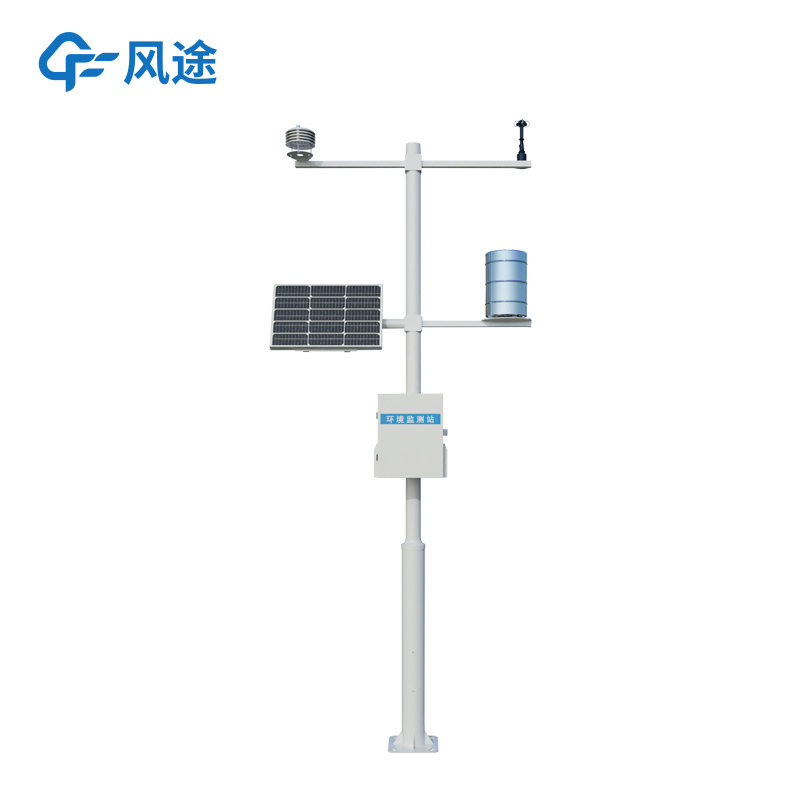Meteorological environment monitoring equipment supplier
Insist on doing high-precision customer favorite technology products
The low altitude is different from the high altitude. The atmosphere in the high altitude area is relatively stable, and the changes of meteorological elements are relatively uniform on a large spatial scale. The low altitude, generally referring to the airspace below 3 kilometers from the ground, is much more complex. This is where the atmospheric boundary layer is located, serving as an important place for material and energy exchange between the earth's surface and the atmosphere, and is greatly affected by surface conditions. High-rise buildings in cities, undulating mountains, distribution of water areas, etc., can all change the atmospheric flow field at low altitudes. Moreover, convective activities at low altitudes are more frequent, with rapid weather changes and strong locality, which is completely different from the relatively stable situation at high altitudes.
In view of the uniqueness of low-altitude meteorology, low-altitude Meteorological observation station have emerged as the times require. These devices are intended to record complex and changeable low-altitude meteorological information, providing data for many activities that depend on the low-altitude environment.
Low-altitude weather stations are one of the common devices. They can conduct real-time monitoring of various elements such as wind, temperature, humidity, pressure, precipitation, visibility, and atmospheric electric field in the take-off and landing sites or specific areas. Taking mountainous expressways as an example, heavy fog occurs frequently in winter and spring. Deploying low-altitude weather stations in such fog-prone areas and focusing on monitoring visibility can help relevant departments take control measures in a timely manner and improve traffic safety. Once the visibility drops to a dangerous threshold, the system can quickly issue an alarm, reminding the traffic management department to implement traffic control to avoid traffic accidents.
The low-altitude meteorological detection integrated machine is more powerful. It integrates the detection functions of various meteorological equipment such as automatic weather stations, vertical laser wind measuring radars, and laser cloud height meters. Deployed at the take-off and landing points of UAVs, it can comprehensively and real-time monitor key meteorological elements that affect the stable take-off and landing of UAVs, such as air temperature, wind speed, and wind direction. When the wind speed is too high or the wind direction changes suddenly, it can sense and transmit data at the first time, so that operators can adjust the UAV flight plan in a timely manner, prevent accidents such as UAV crashes caused by bad weather conditions, and ensure the safety of UAV operations.
There are also some monitoring equipment carried on mobile platforms, such as meteorological detection UAVs. They are divided into two types: rotor and fixed-wing. Rotor UAVs can realize vertical three-dimensional meteorological detection from the ground to low altitudes, with a long hovering time. They can continuously collect data on atmospheric temperature, humidity, air pressure, wind direction, wind speed and other elements in specific areas, and send them back to the data receiving platform in real time through the wireless data transmission system. Fixed-wing meteorological UAVs, featuring long range, long endurance and large load capacity, can perform tasks stably for a long time in complex environments. They are suitable for collecting meteorological data in plateau and marine environments under severe conditions such as strong convection and icing, providing rich data for large-scale low-altitude meteorological research.
In addition, laser wind measuring radars also play an important role in low-altitude meteorological monitoring. They have the characteristics of small detection blind area, high precision, high stability, small size and light weight, and can provide atmospheric wind field detection with high spatial and temporal resolution. By real-time monitoring key meteorological elements such as wind speed and wind direction, they help aircraft avoid dangerous meteorological conditions such as low-altitude wind shear, low visibility, and heavy precipitation, ensuring flight safety.
